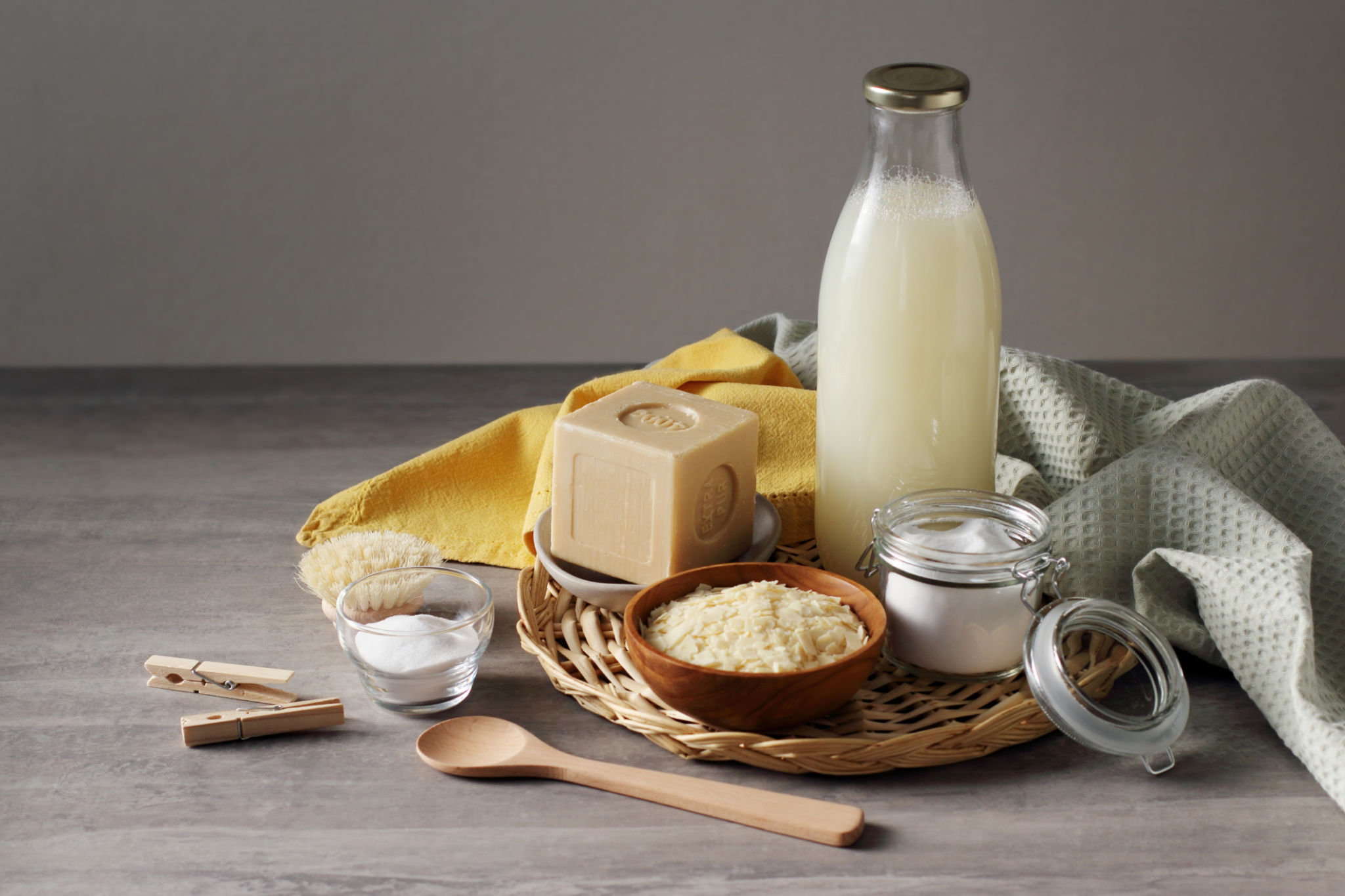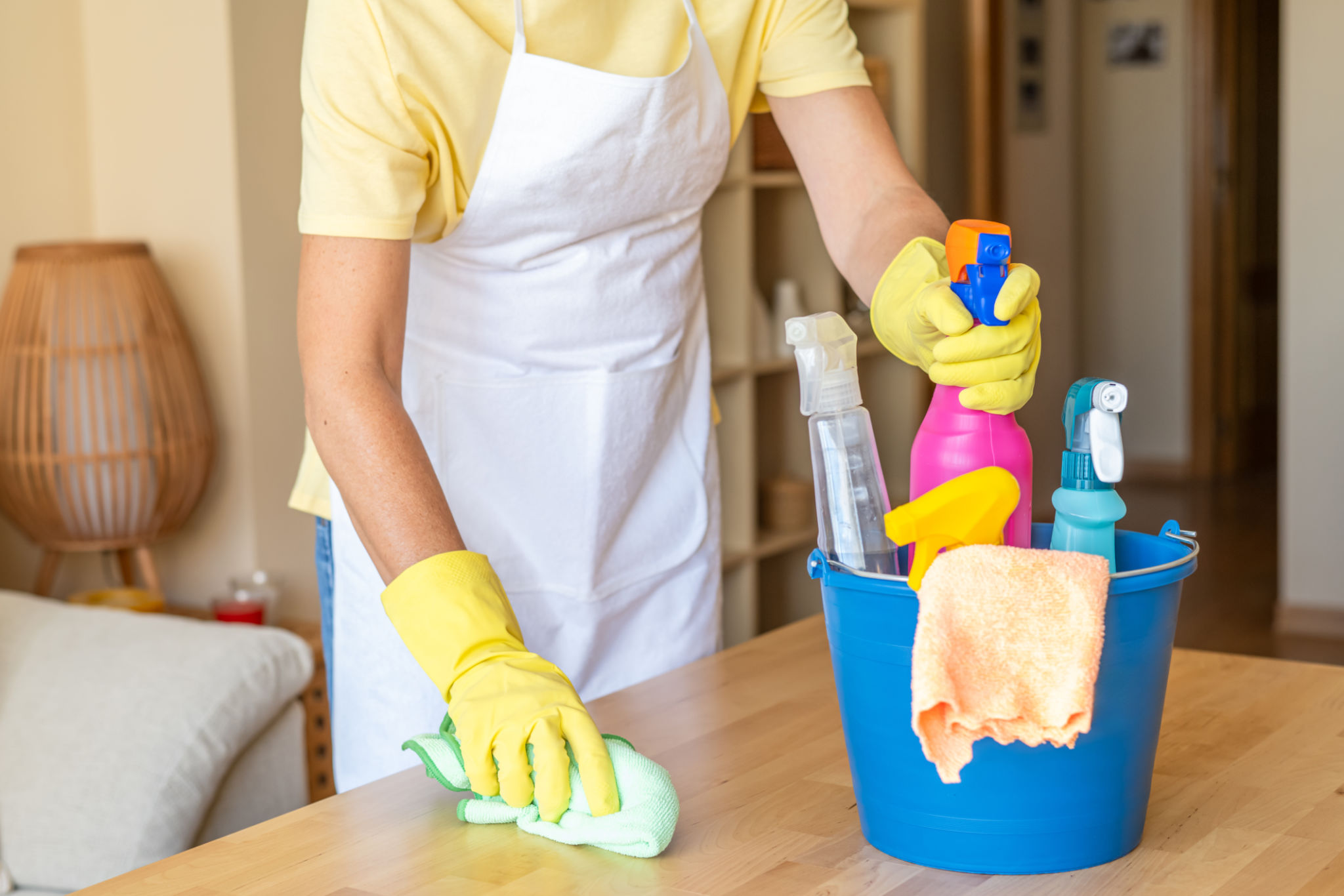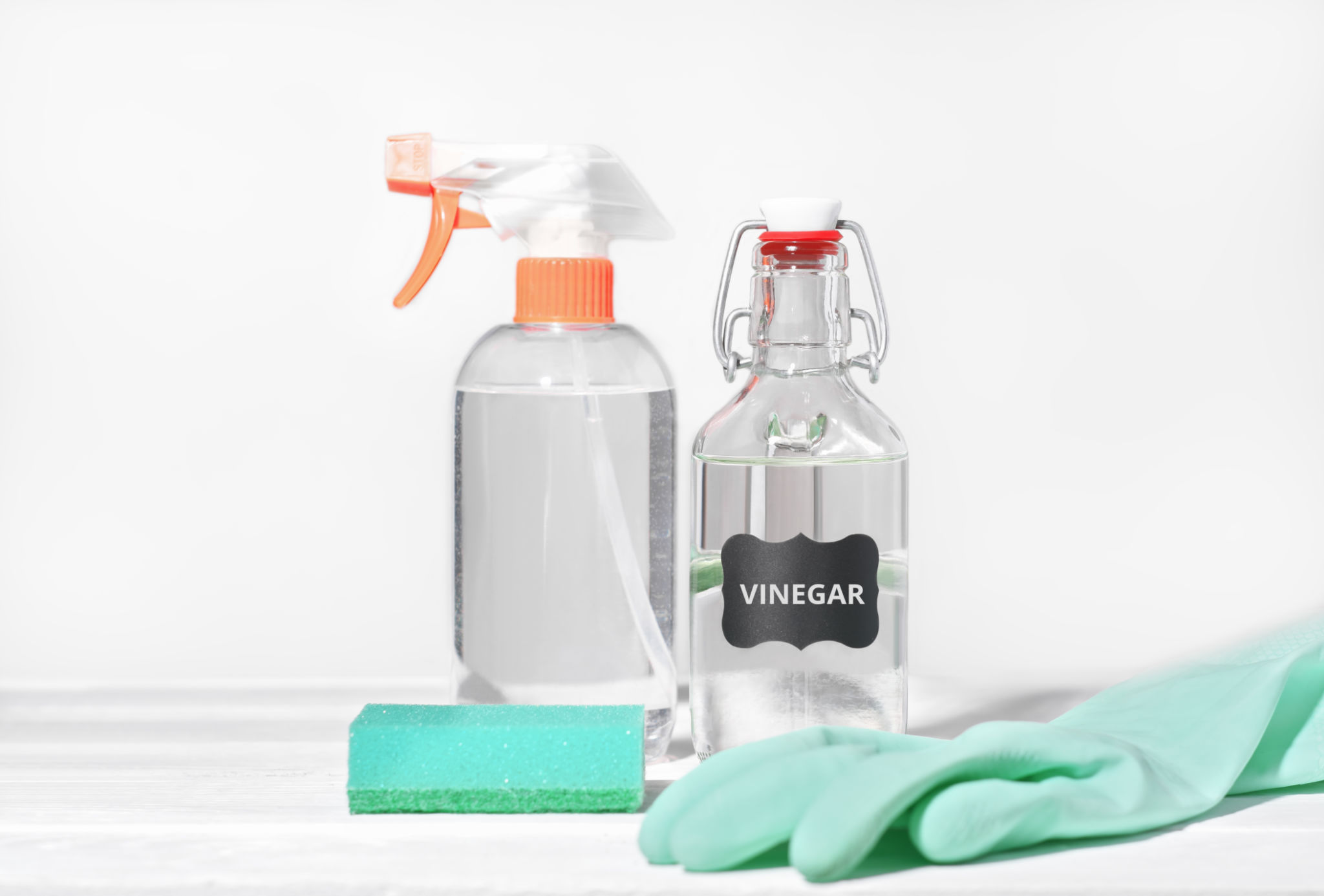Comparing Traditional vs. Eco-Friendly Cleaning Methods
Understanding Traditional Cleaning Methods
For many households, traditional cleaning methods have been the go-to solution for maintaining a clean and hygienic environment. These methods often rely on commercially available cleaning products that are designed to tackle a variety of surfaces and stains. Products like bleach, ammonia, and various detergents are staples in these routines.
Traditional cleaning products are known for their effectiveness and convenience. They are often fast-acting and require minimal effort to achieve a sparkling clean. However, these products can come with drawbacks, including harsh chemicals that may pose health risks and negatively impact the environment.

Environmental Impact of Traditional Cleaning Products
The environmental impact of traditional cleaning products is significant. Many contain volatile organic compounds (VOCs) that contribute to air pollution. Additionally, when these chemicals are washed down the drain, they can harm aquatic life and disrupt ecosystems. This has led to increased scrutiny and a push for more sustainable alternatives.
Introduction to Eco-Friendly Cleaning Methods
Eco-friendly cleaning methods have gained popularity as more people become conscious of their environmental footprint. These methods prioritize the use of natural ingredients and sustainable practices to achieve cleanliness without compromising the health of the planet or its inhabitants.

Common eco-friendly cleaning agents include ingredients like vinegar, baking soda, and lemon juice. These natural substances are not only effective but also safe for humans, pets, and the environment. Moreover, they are often more cost-effective than their traditional counterparts.
Benefits of Eco-Friendly Cleaning
One of the primary benefits of eco-friendly cleaning methods is their reduced environmental impact. By using natural ingredients, these methods minimize pollution and promote healthier indoor air quality. Additionally, they often come with reusable packaging, further reducing waste.
- Healthier Living Environment: By avoiding harsh chemicals, eco-friendly cleaning reduces the risk of skin irritations and respiratory issues.
- Cost Savings: Many eco-friendly solutions can be made at home with inexpensive ingredients.
- Long-term Sustainability: Supporting eco-friendly products encourages sustainable production practices.

Comparing Effectiveness
While traditional cleaning products are often praised for their quick results, eco-friendly methods can be equally effective. It may take a bit more time or elbow grease, but with consistent use, natural cleaners can achieve comparable results without the potential hazards associated with chemical exposure.
Making the Switch
Transitioning from traditional to eco-friendly cleaning methods can be seamless with a few adjustments. Start by replacing one or two cleaning products at a time with natural alternatives. Experiment with DIY recipes for cleaners using household staples like vinegar and baking soda.
Ultimately, both traditional and eco-friendly cleaning methods have their place in maintaining a clean home. However, the choice between them often comes down to personal values and priorities regarding health and environmental impact.
